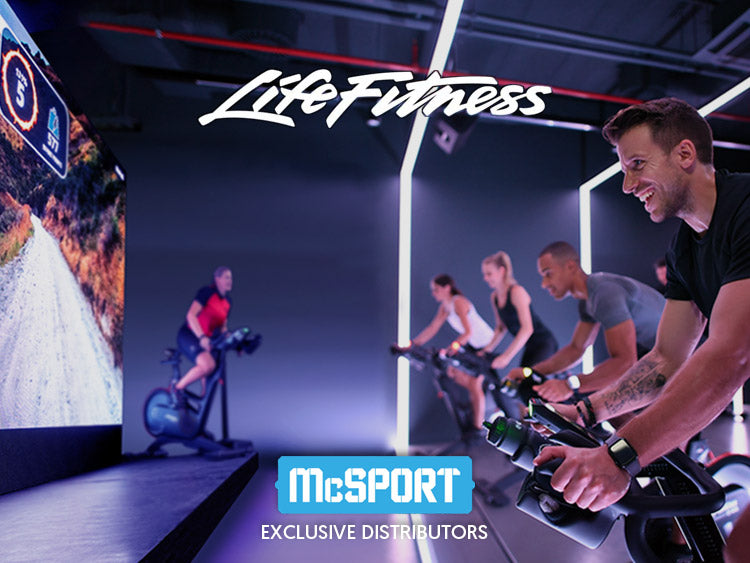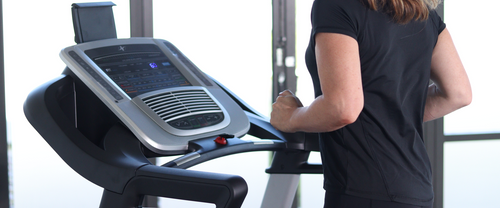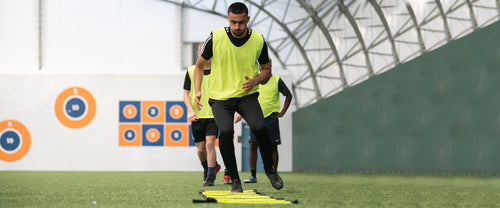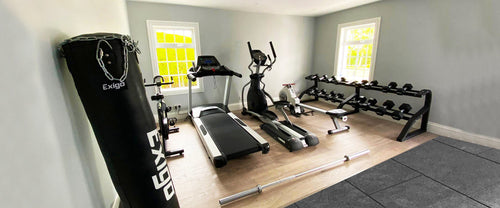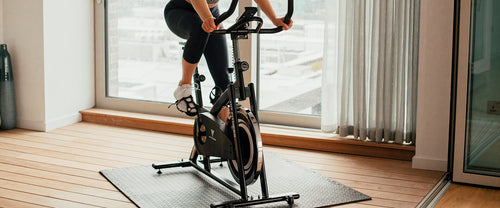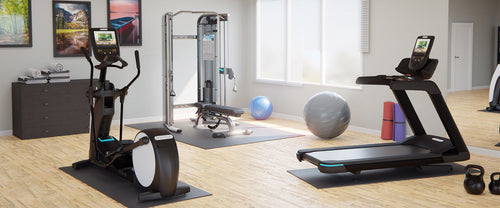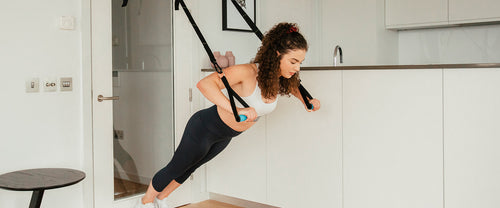The Power Rack, also known as a squat cage, stands as a cornerstone in weightlifting due to its unparalleled versatility. It opens up a vast range of exercises, with a primary focus on three fundamental compound movements: bench press, squats, and deadlifts.
The full potential of a power rack is unleashed when used in combination with a barbell, weight plates, and a weight bench. The Power Rack accommodates an array of exercises, including the bench press and its variations, lunges using a barbell, and squats.
And the reason why the Power Rack is so important for these exercises is due to the essential safety features like safety bars, spotter arms, and J-Hooks, that accompany most models and should be meticulously tested to withstand heavy weights.
So, if your question is "do I need a power rack", than the answer is: the Power Rack is absolutely a valuable asset to your home gym.
What is a Power Rack?
The Power Rack is a robust cage built to securely hold a heavily loaded barbell at various heights. The power rack is also known as a squat cage because of its four posts that surround you. And that's what sets it apart from a Squat Rack, which usually comprises two posts, making them a better option for those with limited space.
What is a Power Rack used for?
The Power Rack allows you to perform a comprehensive full-body workout from the convenience of your home. But to explore all the possibilities of the Power Rack, it's essential that you get a few other pieces of gym equipment that are complementary to the Power Rack. Items like the a weight bench, barbell and a set of weight plates with a good weight range to allow you to train different muscle groups.
A standard Power Rack includes the necessary structure for your main compound exercises like the bench press, the squat, the deadlift, and often feature a pull-up bar for added functionality. Additionally, you can get optional rack attachments, like the dip attachment or cable pulleys, introducing more variety into your workouts.
Another benefit of the Power Rack is that it facilitates a wide range of barbell exercises, making it an excellent tool for building strength and size. For instance, it makes it easier to let go of the weight when performing bent over barbell rows. A sturdy frame allows for intense any style of training you like: high volume training, powerlifting-style training or a conventional hypertrophy routine. When choosing a Power Rack, safety must be a top priority, especially when lifting alone at home.

How to use a Power Rack
To ensure safe lifting, look for Power Racks that come with height adjustable J-Hooks and Safety Bars capable of supporting heavy weights. Proper setup involves placing the J-Hooks at the appropriate height, which will establish the starting position for your sets. The safety bars act as a safeguard, catching the barbell in case of a failed repetition or loss of grip, effectively protecting you from injuries.
When loading the barbell, adding plates one at a time to each side is crucial to maintaining balance and preventing potential flipping or equipment damage. Make sure that you're adding the same weight on each side. Since Olympic Weight Plates are all the same diameter, it's common to mistake, for instance, a 20kg for a 15kg, especially with dark weight plates. A good way to avoid that, is by getting colour coded weight plates, like Coloured Bumper Plates where each weight has a different colour.
What Exercises can I do with a Power Rack?
The Power Rack allows you to perform a wide range of exercises with safety. Most notably, compound movements like squats and bench presses. These exercises are renowned for their effectiveness in building size and strength due to their engagement of multiple muscle groups simultaneously. With the Power Rack, you can explore variations of the bench press, such as incline bench and close grip bench, to bring more diversity to your workouts.
Additional accessories include the cable pulley with high and low pulley options. Such accessories are a cost-effective way to transform your Power Rack into a multi gym weight machine.
Cable pulley attachments allow to add more than just lat pulldowns to your repertoire. For instance, you'll be able to perform triceps extensions, cable crunches for the abs and core, biceps cable curls.

In addition to its primary function of supporting a loaded barbell, the Power Rack allows for other types of exercises. The pull-up bar enables you to use your bodyweight for back and biceps workouts. Adding landmine attachments will add even more variation to your back routine. You can also incorporate resistance bands to perform isolation exercises such as triceps extensions, straight arm pulldowns, and face pulls.
Space Requirements
Indeed, Power Racks do require a relatively larger space to accommodate its size, making them more suitable for a a garage gym or maybe for those with a dedicated room for their home gyms. If you have limited space, consider a Squat Rack which are notably smaller but effective nonetheless. To ensure sufficient room for loading and unloading your barbell, aim for at least 8 feet of space to accommodate a standard Olympic barbell, which measures 7 feet in length.
Should You Invest in a Power Rack?
A Power Rack might just be the equipment for you if you are looking to:
- Maximize your home workout gains,
- Explore a broad and effective range of exercises,
- Progress your skills as a bodybuilder or powerlifter.


